Hezbollah stands at a pivotal crossroads, navigating the turbulent aftermath of a devastating conflict with Israel and grappling with profound shifts in its domestic politics and the regional strategic map. The cessation of hostilities, marked by a U.S.-brokered ceasefire effective Nov. 27, 2024, brought an end to intense fighting that inflicted immense human suffering and infrastructural damage across the country. This fragile peace coincided with, and was significantly influenced by two seismic events: the sudden collapse of the al-Assad regime in Syria, severing Hezbollah’s critical land bridge to Iran, and the end of a paralyzing two-year presidential vacuum in Lebanon with the election of the Lebanese Armed Forces (LAF) Commander General Joseph Aoun, who has promised to dismantle Hezbollah’s military structure and restrict access to weapons, these promises were likely possible to make because of Hezbollah's significantly weakened state.
The 2024 conflict dealt an unprecedented blow to Hezbollah, resulting in the decapitation of its leadership, including longtime leader Hassan Nasrallah and his designated successor; the death of thousands of its fighters; the depletion of its arsenal; and the destruction of vital military infrastructure. This military degradation precipitated a tangible decline in its political influence. Regionally isolated by the fall of its Syrian ally and unable to dictate terms domestically, facing the state signaling a potential shift in Lebanon's internal power dynamics.
Faced with military exhaustion, regional isolation, domestic political setbacks, and a core narrative of "resistance" severely challenged by the reality of defeat, Hezbollah confronts an existential crisis. The organization that emerged from the 2024 conflict is fundamentally different from the one that entered it. This analysis, probes the future trajectory of Hezbollah in this drastically altered landscape to understand how Hezbollah might adapt, survive, or transform in the face of these compounding pressures, and the constraints facing the Lebanese state and the United Nations Interim Force in Lebanon (UNIFIL) in asserting sovereignty, the divergent perspectives shaping the political discourse, and the plausible future pathways for Hezbollah in Lebanon.
The Handover of Sites: Compliance or Calculation?
A significant development following the cessation of major hostilities involved the reported transfer of numerous Hezbollah military positions south of the Litani River to LAF. Approximately 190 out of 265 identified sites were reportedly ceded, an action presented by some as adherence to U.N. Security Council Resolution 1701’s (UNSCR 1701) stipulation for Hezbollah’s military withdrawal from the border zone. However, closer examination reveals this handover may be more symbolic than substantive, representing a calculated move rather than a genuine step toward disarmament or the consolidation of state authority.
Strategically, such a handover could be interpreted as a step toward implementing Resolution 1701. It might signal a Hezbollah calculation that direct, overt military presence along the border invites unacceptable risks. Symbolically, it offers a nod toward strengthening Lebanese state sovereignty, potentially easing domestic and international pressure. Yet, skepticism is warranted. Evidence suggests Hezbollah personnel were likely permitted to remove weapons and valuable materiel before the LAF assumed control of these locations. This implies a tactical repositioning of assets — potentially north of the Litani or into concealed underground facilities — rather than their elimination. While the physical sites were transferred, the core military capability they represented was likely preserved. This aligns with the interpretation that the move could equally be a tactical maneuver, withdrawing overt presence while maintaining covert capabilities, intelligence networks, and the ability to rapidly re-deploy forces or launch standoff attacks.
Hezbollah’s official rhetoric reinforces skepticism about the handover’s intent. While notionally open to discussing its arsenal within a national defense framework, the group consistently predicates any disarmament on preconditions, the complete withdrawal of Israeli forces from all Lebanese territory (including strategic points Israel may still occupy post-ceasefire) and a definitive end to Israeli “aggression,” encompassing persistent airspace violations. Hezbollah’s leader, Naim Kassem, articulated this stance bluntly in April 2025, declaring that disarmament under current circumstances would be unacceptable “surrender.”
Furthermore, the LAF’s ability to assume full security responsibility in the South remains questionable. While respected nationally, the LAF is chronically underfunded, relatively under-equipped compared to Hezbollah, and subject to Lebanon’s deep political divisions. Its operational effectiveness, particularly in confronting potential Israeli incursions or preventing militant activity without Hezbollah’s acquiescence, is limited. The consistent pattern observed – where LAF deployments and site takeovers in the South reportedly require Hezbollah’s prior agreement – further undermines claims of burgeoning state control. Instead, it suggests Hezbollah orchestrates the appearance of cooperation while maintaining de facto authority and dictating the terms of the LAF’s presence. A Hezbollah withdrawal, without a concurrent, internationally-backed strengthening of the LAF and a clear political mandate, could create a security vacuum.
Domestically, perceptions of such a handover are sharply divided. Hezbollah’s supporters might view it as pragmatic or a sign of strength. Opponents likely dismiss it as insufficient or deceptive, demanding full disarmament. Centrist or crisis-weary segments might welcome de-escalation but remain wary.
Therefore, the strategic value of the site handover is highly debatable from a disarmament perspective. It allows Hezbollah and the Lebanese state to project an image of partial compliance, potentially easing international scrutiny. Yet, it does little to alter the underlying security reality or diminish Hezbollah’s retained military capacity. This strategic ambiguity enables Hezbollah to maintain leverage, blame Israeli non-compliance for the disarmament impasse, and preserve both its “resistance” narrative and its military options for future contingencies. The handover appears less an act of compliance and more a calculated maneuver within a complex geopolitical landscape.
The Security Architecture South of the Litani
The post-ceasefire security structure in southern Lebanon places immense responsibility on both the LAF and UNIFIL, the mandated by UNSCR 1701 with securing the area south of the Litani River, monitoring the cessation of hostilities, and ensuring the region is free of unauthorized armed personnel and weapons. Yet both institutions face deep-rooted challenges that undermine their effectiveness and credibility, particularly in the context of Hezbollah’s enduring influence.
Capacity and Constraints of the LAF is required to deploy significant manpower to the south, establishing a presence in numerous permanent positions, often supported by UNIFIL. Yet, this deployment represents only a fraction of the total LAF personnel, as the army must maintain security nationwide. Especially with borders with Syria, amid historical recruitment difficulties and broader national challenges. Critically, the LAF’s operational capacity is hampered by severe under-resourcing. Despite substantial international military aid, primarily from the United States, providing vehicles, training, and salary support, experts assess the LAF meets less than 20% of its operational needs. Advanced surveillance, armored vehicles, air defense, and logistical support remain significant gaps. Lebanon’s devastating economic crisis since 2019 has exacerbated this, eroding salaries, hindering maintenance, leaving troops with outdated equipment, and causing attrition.
Operationally, the LAF has consistently demonstrated an avoidance of direct confrontation with Hezbollah. There is little credible evidence of the LAF seizing significant Hezbollah weaponry, dismantling its infrastructure, or actively impeding its operations south of the Litani. Actions taken often appear performative, targeting low-value items rather than Hezbollah’s known sophisticated arsenal. Reports even suggest instances where the LAF failed to act on intelligence provided about Hezbollah targets. Furthermore, the LAF’s internal cohesion and impartiality are subjects of concern. A demographic shift toward increased Shi’a representation within the ranks, coupled with family ties between LAF personnel and Hezbollah members, raises questions about potential cooperation, intelligence leaks, and Hezbollah’s influence within the military structure. This challenges the assumption that the LAF can act as an effective counterweight.
Politically, the LAF operates under governmental direction, and there is a clear reluctance within the Lebanese political establishment to confront Hezbollah directly, favouring dialogue over actions that could ignite internal conflict.
UNIFIL plays a crucial supporting role, mandated to assist the LAF in restoring peace and security. Following the recent ceasefire, UNIFIL actively facilitated LAF redeployment and resumed joint patrols along parts of the Blue Line, focusing on tasks like locating tunnels, weapon caches, and unexploded ordnance clearance. However, UNIFIL operates under significant constraints, many predating the recent conflict.
Historically, UNIFIL has been criticized for its failure to prevent Hezbollah’s massive military buildup south of the Litani over the 18 years following the adoption of UNSCR 1701. Its access has often been restricted by Hezbollah and sometimes reportedly by the LAF itself, casting doubt on its overall effectiveness in countering the group.
Current challenges include the continued presence of Israeli forces hindering full LAF deployment in some areas and ongoing issues with freedom of movement. Crucially, UNIFIL’s effectiveness is intrinsically linked to the LAF’s capacity and willingness to act. Given the LAF’s documented limitations UNIFIL’s ability to independently verify disarmament or prevent Hezbollah’s clandestine activities is severely compromised. This creates a dynamic often described as “symbiotic weakness” — neither force can effectively enforce the mandate’s core security provisions against Hezbollah without the other, yet both are constrained by political realities and Hezbollah’s deep-rooted power. While UNIFIL provides vital monitoring and liaison functions, it cannot be a substitute for a Lebanese state and army capable and willing to assert full sovereignty and control over the territory south of the Litani River.
Contested Views on Southern Lebanon
The developments in Southern Lebanon, particularly the handover of sites and the deployment of the LAF, are interpreted through vastly different lenses by the key actors involved. These diverging perspectives reflect the deep political and sectarian divisions within Lebanon, as well as competing regional interests, creating a complex and contested reality on the ground.
From Hezbollah’s viewpoint, actions like the partial site handover likely represent a tactical fulfillment of ceasefire obligations under pressure, while strategically preserving core military strength (potentially north of the Litani or underground). They consistently point to perceived ongoing Israeli transgressions (occupation of strategic points, airspace violations) as justification for retaining arms and delaying full disarmament. The narrative often seeks to integrate the LAF into the existing “resistance” framework (“army, people, and resistance”), portraying a complementary rather than replacing role. Despite the devastation of recent conflict, polling suggests continued high levels of trust within the Shia community, although future discontent linked to reconstruction failures remains possible.
Anti-Hezbollah factions like the Lebanese Forces (LF) — not to be confused with the LAF — view developments with profound skepticism. They regard site handovers as insufficient and demand the complete disarmament of Hezbollah and the establishment of an undisputed state monopoly on force. They exert pressure on the government and LAF to act decisively against Hezbollah’s remaining military presence, dismissing narratives of covert disarmament as lacking credibility and likely aimed at managing perceptions.
The Lebanese Government emphasizes its commitment to extending state sovereignty and supporting the LAF deployment as per international agreements like UNSCR 1701. However, leaders stress that addressing Hezbollah’s weapons requires national dialogue and consensus, explicitly ruling out military confrontation due to the high risks of internal conflict. This approach reflects an effort to project compliance internationally while navigating domestic political sensitivities.
Lebanese public opinion remains sharply polarized along sectarian lines. While the Shia community largely supports Hezbollah, Sunni and Christian populations generally exhibit low trust and prioritize domestic political and economic reforms over regional conflicts. There is a widespread fear that aggressively confronting Hezbollah could provoke internal strife, complicating policymaking.
Israeli officials express deep skepticism about the LAF’s capacity and willingness to prevent Hezbollah from rearming or operating in the south, citing historical inaction. They perceive the current LAF deployment as insufficient and justify their continued military presence in certain areas and ongoing actions against suspected Hezbollah targets based on this perceived failure of the Lebanese state. Israel insists on reserving the right to unilateral military action against threats from Lebanon, recalling Hezbollah’s past military buildup under the watch of both the LAF and UNIFIL.
The U.S. and international partners publicly endorse the LAF deployment and the restoration of Lebanese state sovereignty. They provide substantial aid to bolster the LAF, viewing it, despite its limitations, as the most viable state institution capable of potentially counterbalancing Hezbollah. Diplomatic pressure is exerted on the Lebanese government to fully implement ceasefire terms, including militia disarmament. The U.S., alongside France, plays a key role in overseeing ceasefire implementation.
This divergence in perceptions highlights a precarious balancing act. Hezbollah needs to appear compliant enough to facilitate crucial reconstruction aid for its base, yet project sufficient strength to maintain its “resistance” credentials. The Lebanese government and LAF must demonstrate progress on state authority to satisfy international partners and domestic critics, while carefully avoiding actions that could provoke a dangerous confrontation with Hezbollah. This complex web of competing legitimacy demands hinders decisive action, incentivizing ambiguity, incremental steps, and the preservation of a fragile, contested status quo in Southern Lebanon.
Hezbollah’s Future in Lebanon
Gradual Integration “Lebanonization”
“Lebanonization” implies a gradual transformation of Hezbollah from a hybrid actor with a dominant, autonomous military wing into a more conventional political party, operating primarily within the framework of the Lebanese state. This could involve a significant reduction in the prominence of its military role, potentially leading to the eventual integration or phasing out of its independent armed forces. The likelihood of such a transformation is a central question regarding Hezbollah’s future.
Several factors could facilitate such a path. Hezbollah’s weakened military and political state after the 2024 conflict and the fall of the al-Assad regime reduces its capacity to unilaterally dictate terms. The urgent need for state-facilitated international reconstruction aid for its devastated constituency creates leverage for the Lebanese government and international actors to demand concessions. The presidency of Joseph Aoun, committed to restoring state authority (albeit through dialogue), and pressure from international partners like the quintet (U.S., France, Saudi Arabia, Qatar, Egypt) add to the momentum for change. Furthermore, a potential shift in priorities within the Shia community toward economic stability could reduce popular insistence on maintaining a large independent military force. Some reports suggest Hezbollah recognizes the need to adapt and invest in rebuilding state institutions, potentially giving up its weapons over time to avoid further destruction.
However, significant obstacles remain. Hezbollah’s core ideology remains rooted in resistance and its allegiance to Iran’s Wilayat al-Faqih. The group has consistently refused unconditional disarmament, linking it to Israeli actions. It maintains considerable entrenched power within state institutions through its own members and allies, allowing it to influence or obstruct government functions. Resistance to fundamental change is also likely from hardline elements within the organization who view its military capacity as nonnegotiable.
Rebuilding the Electoral and Popular Base
Hezbollah’s political strategy is inextricably linked to Lebanon’s deeply entrenched sectarian political system, which distributes power among the nation’s primary religious communities. Historically, Hezbollah has positioned itself as the dominant representative of the Shia community, forging key alliances, most notably with the Christian Free Patriotic Movement (FPM) under former President Michel Aoun, within the framework of the March 8 coalition. While recent events and a potentially weakened position might necessitate seeking broader tactical alliances to maintain political relevance, a fundamental departure from its sectarian base appears improbable. Hezbollah derives substantial legitimacy, support, and mobilization capacity from its role as the perceived protector and service provider for the Shia community. Moreover, the Lebanese political system itself inherently incentivizes sectarian mobilization and representation. Hezbollah has demonstrated considerable skill in navigating and exploiting this system, utilizing its influence within government ministries (such as Public Health or Finance) and state institutions to advance its objectives and benefit its constituents. Therefore, even amid challenges, its future political trajectory will likely continue to be heavily influenced by sectarian calculations, enduring alliances (like its partnership with the Amal Movement), and evolving rivalries, particularly with any potentially resurgent Sunni political forces.
Recent developments, however, suggest a potential shift in Hezbollah’s political calculus. The 2022 parliamentary elections saw the broader March 8 alliance lose its outright majority, diminishing Hezbollah’s previous role as a dominant kingmaker capable of shaping governments and vetoing unfavorable outcomes. Subsequent events, including the war and the election of President Aoun, have further tested its political dominance. Facing this altered landscape, Hezbollah might need to adapt its electoral and coalition-building strategies. One possibility is a more pragmatic approach, seeking broader, perhaps less ideologically rigid alliances to preserve influence and secure its interests within a potentially more state-centric political environment. Alternatively, Hezbollah might opt for retrenchment, focusing on consolidating its Shia base alongside its closest ally, the Amal Movement led by Nabih Berri. This could involve adopting a more oppositional or obstructive stance within the political system if it’s key demands or perceived red lines are crossed. The path chosen will significantly impact Lebanon’s political dynamics in the coming years.
Redefining the Relationship with the State and LAF
The nature of Hezbollah’s future relationship with the Lebanese state and its official military institution, the LAF, remains a critical uncertainty. The reported handover of military sites south of the Litani does not appear to signal a genuine willingness to integrate its security apparatus into the state structure. Overwhelming evidence points toward Hezbollah maintaining a distinct, parallel military capability, operating north of the Litani and likely retaining hidden assets in the south.
President Aoun has publicly committed to the principle of the state’s monopoly on the use of force. However, his preferred method for achieving this is through national dialogue and consensus-building with Hezbollah, not through direct confrontation. This approach could lead to a national security dialogue aimed at formalizing the relationship between the LAF and Hezbollah’s armed wing, potentially defining roles and responsibilities rather than achieving immediate disarmament. Aoun has explicitly rejected replicating the Iraqi model, where Iran-backed militias were integrated as distinct units within the national army. Hezbollah’s current stance, demanding Israeli withdrawal as a precondition for talks, suggests it is unlikely to accept subordination to state command in the near future and will insist on maintaining autonomy for its “resistance” activities.
A major complicating factor remains the reported influence of Hezbollah within the LAF itself. The “Shi’ization” trend and the presence of collaborating personnel raise serious questions about the LAF’s ability to act as an independent, impartial force capable of asserting control over Hezbollah, even if given the political mandate to do so. This internal dynamic makes genuine integration problematic and potentially reinforces the maintenance of parallel structures.
To sum up, the future of Hezbollah in Lebanon is not predetermined. While the hypothetical handover of sites serves as a useful analytical lens, Hezbollah’s path forward will be shaped by a complex interplay of factors. The group faces undeniable pressures from Lebanon’s unprecedented socio-economic crisis, a potentially shifting domestic political landscape post-presidency, and the volatile regional environment. these pressures may necessitate adaptation, potentially leading to a greater emphasis on domestic governance and socio-economic roles, and a recalibration of its military doctrine toward standoff deterrence rather than overt border presence.
However, Hezbollah’s core ideological commitment to “resistance,” its deeply integrated military and political structure, its strong social base, and its crucial role within Iran’s regional network create powerful inertia against fundamental transformation, particularly regarding the dissolution of its military wing or full subordination to the Lebanese state. A complete “Lebanonization” seems improbable without profound internal and external shifts. Equally, while internal pressures exist, fragmentation appears unlikely unless compounded by major leadership crises or a catastrophic collapse of its support structures. The most probable trajectory in the near term remains a continuation of the hybrid model: Hezbollah adapting tactically and perhaps rhetorically, increasing its focus on domestic issues to maintain legitimacy amid crisis, while carefully preserving its core military strength and regional alignment. The concept of “Hezbollah 2.0” may therefore imply not a radical break, but rather a strategic evolution aimed at navigating complex new realities while safeguarding its fundamental sources of power and influence within Lebanon and the wider region. Its ability to successfully manage these competing pressures will determine its future form and function, profoundly impacting Lebanon’s stability and the broader Middle East.
References
“Containing Domestic Tensions in War-hit Lebanon.” 2025. International Crisis Group. February 7, 2025. Accessed April 28, 2025. https://www.crisisgroup.org/middle-east-north-africa/east-mediterranean-mena/lebanon/b094-containing-domestic-tensions
“Institute for the Study of War.” 2024. Institute for the Study of War. October 28, 2024. Accessed April 24, 2025. https://www.understandingwar.org/backgrounder/hezbollah%E2%80%99s-military-forces-are-failing-lebanon
“UNIFIL and Lebanese Army resume patrolling together along Blue Line.” 2025. United Nations Peacekeeping. April 17, 2025. Accessed April 27, 2025. https://peacekeeping.un.org/en/unifil-and-lebanese-army-resume-patrolling-together-along-blue-line
Blanford, Nicholas. 2022. “Lebanon: The Shiite Dimension.” Wilson Center. July 13, 2022. Accessed April 25, 2025. https://www.wilsoncenter.org/article/lebanon-the-shiite-dimension
Carter, Brian. 2024. “Israel’s Victory in Lebanon.” American Enterprise Institute. December 2, 2024. Accessed April 28, 2025. https://www.aei.org/articles/israels-victory-in-lebanon/
Fawaz, Yassin. 2025. “The End of Hezbollah?” The Arab Weekly, February 26, 2025. https://thearabweekly.com/end-hezbollah
Ghaddar, Hanin. 2024. “Hezbollah Post October 7—Beaten but Still Dangerous.” The Washington Institute. December 10, 2024. Accessed April 27, 2025. https://www.washingtoninstitute.org/policy-analysis/hezbollah-post-october-7-beaten-still-dangerous
James, Laura. 2025. “Oxford Analytica Lebanon’s president prioritises recovery and reforms.” Oxford Analytica. January 14, 2025. Accessed April 29, 2025. https://www.oxan.com/insights/lebanons-president-prioritises-recovery-and-reforms/
KARAM, PATRICIA. 2025. “Lebanon’s Post-Hezbollah ‘Day After.’” Arab Center Washington DC. January 7, 2025. Accessed April 27, 2025. https://arabcenterdc.org/resource/lebanons-post-hezbollah-day-after/
Khatib, Lina. 2021. “How Hezbollah Holds Sway Over the Lebanese State.” Chatham House. June 30, 2021. Accessed April 27, 2025. https://www.chathamhouse.org/2021/06/how-hezbollah-holds-sway-over-lebanese-state/02-influence-through-state-institutions
Mroue, Bassem. 2025. “Hezbollah Says It Won’t Hand Over Weapons While Israeli Troops Remain in Southern Lebanon” AP News. April 19, 2025. Accessed April 29, 2025. https://apnews.com/article/lebanon-hezbollah-weapons-israel-3c43dda33a8fc795b491bc8976c17113
Panikoff, Jonathan. 2024. “After Nasrallah, Three Quandaries Shape the Future of the War—and the Middle East – Atlantic Council.” Atlantic Council. September 29, 2024. Accessed April 27, 2025. https://www.atlanticcouncil.org/blogs/new-atlanticist/after-nasrallah-three-quandaries-shape-the-future-of-the-war-and-the-middle-east/
Shaker, Romany. 2025. “Hezbollah’s Post-October 7 Strategy: Avoiding yet Preparing for War.” Hudson Institute. February 22, 2025. Accessed April 29, 2025. https://www.hudson.org/hezbollahs-post-october-7-strategy-avoiding-yet-preparing-war-romany-shaker
The Arab Weekly. 2025. “Hezbollah Said to Have Ceded Most Military Sites to Army in South Lebanon,” April 14, 2025. https://www.thearabweekly.com/hezbollah-said-have-ceded-most-military-sites-army-south-lebanon
Young, Michael. 2024. “Lebanon’s Future in a Handful of Words.” Carnegie Endowment for International Peace. December 17, 2024. Accessed April 26, 2025. https://carnegieendowment.org/middle-east/diwan/2024/12/lebanons-future-in-a-handful-of-words?lang=en
Young, Michael. 2025. “Hezbollah Tries a Comeback.” Carnegie Endowment for International Peace. January 27, 2025. Accessed April 26, 2025. https://carnegieendowment.org/middle-east/diwan/2025/01/hezbollah-tries-making-a-comeback?lang=en
Young, Michael. 2025. “Lebanon’s Inescapable Realities.” Carnegie Endowment for International Peace. January 8, 2025. Accessed April 27, 2025. https://carnegieendowment.org/middle-east/diwan/2025/01/lebanons-inescapable-realities?lang=en
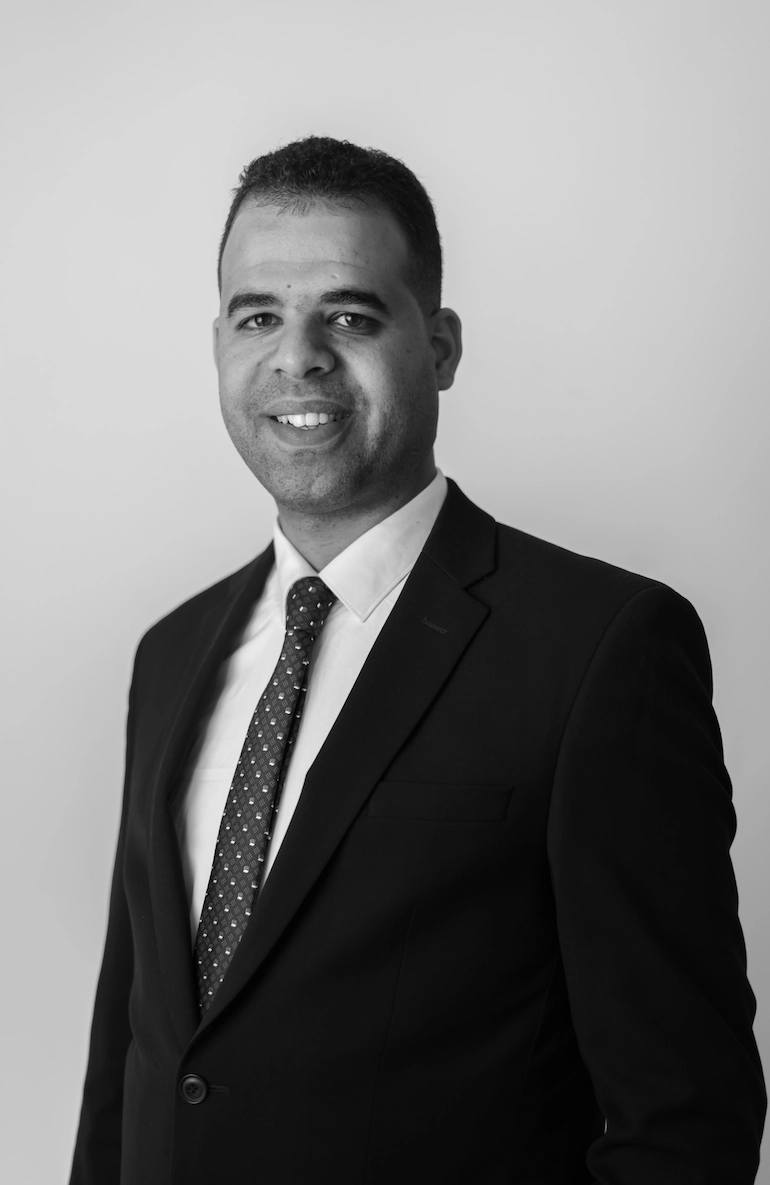

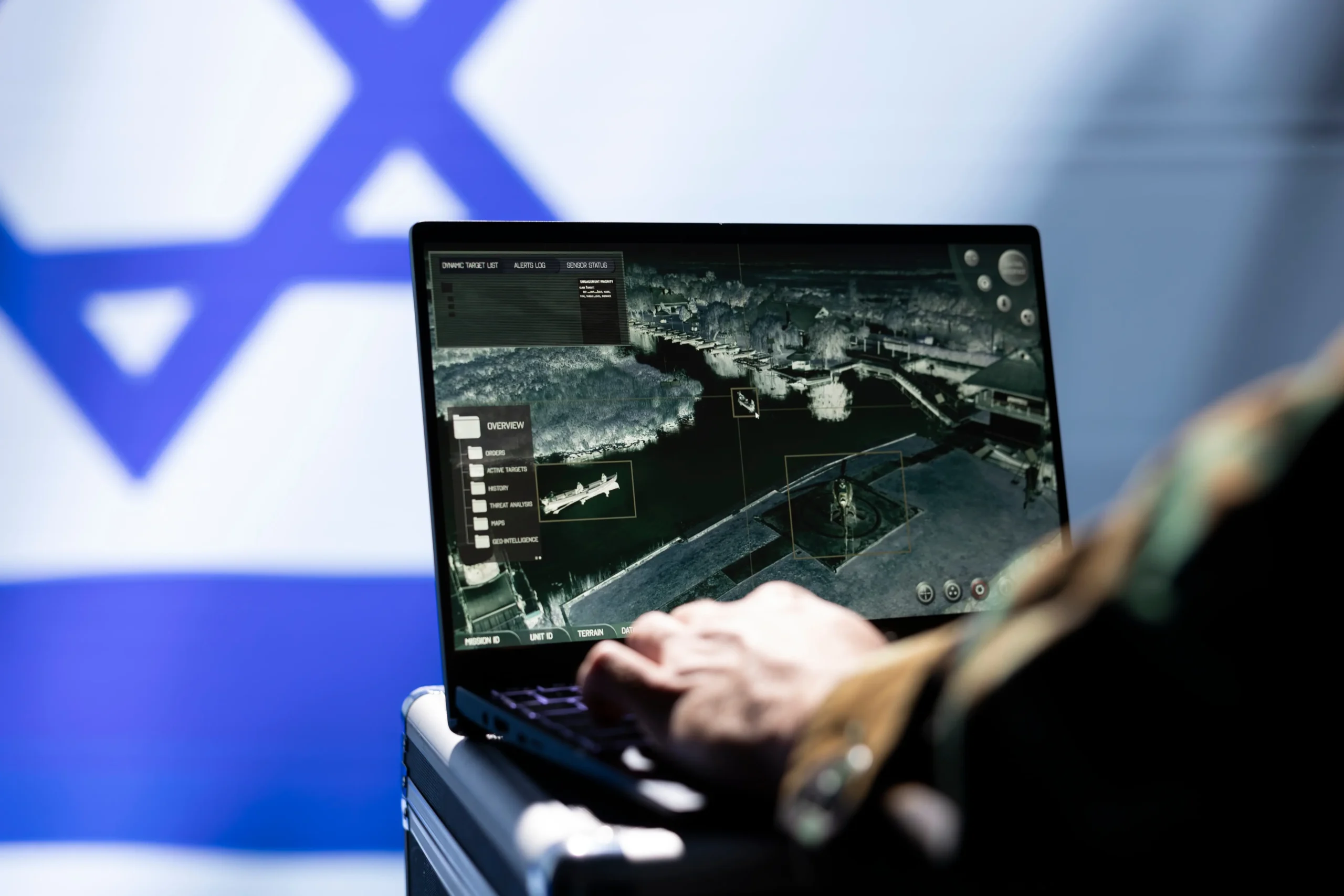
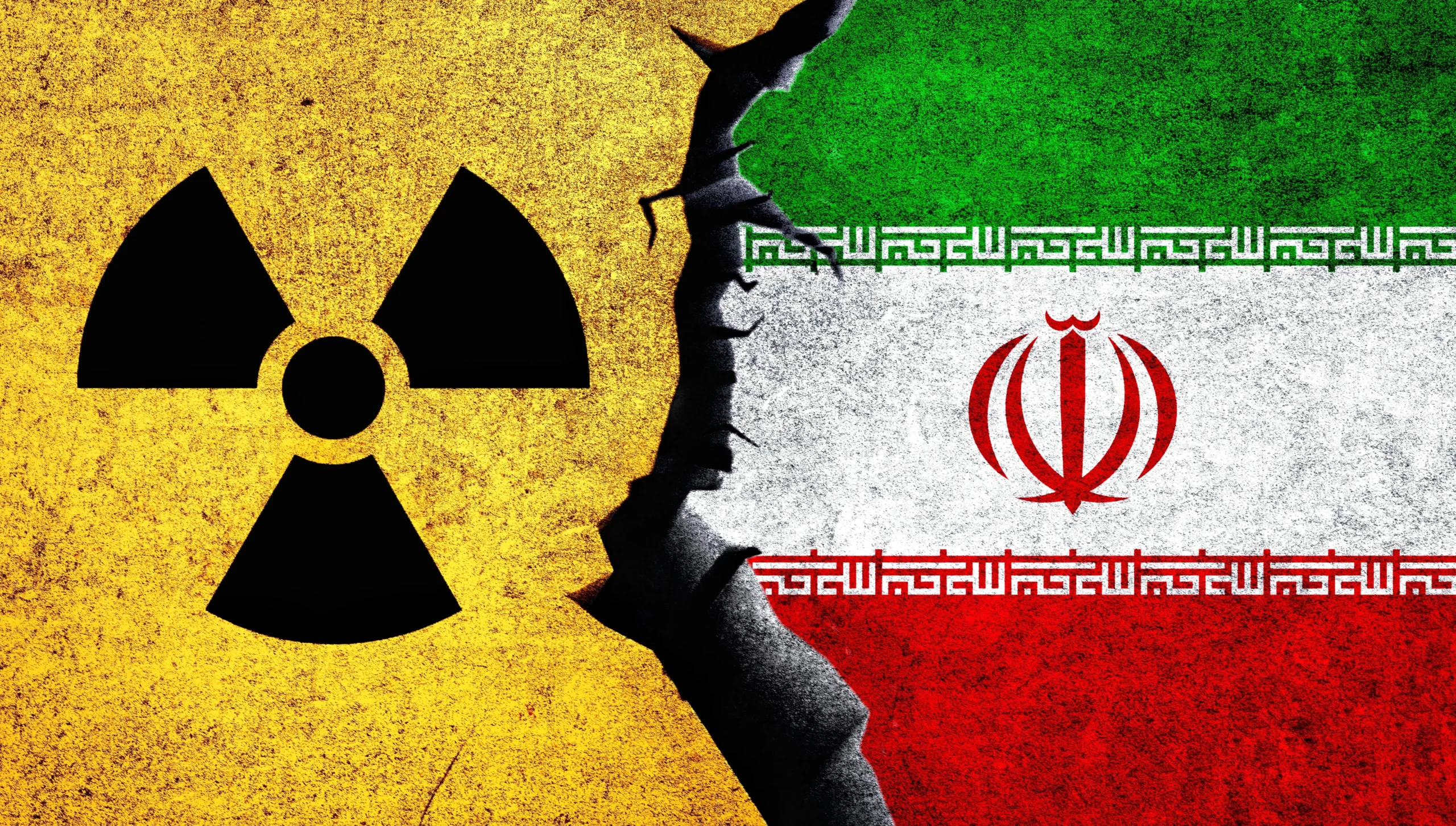

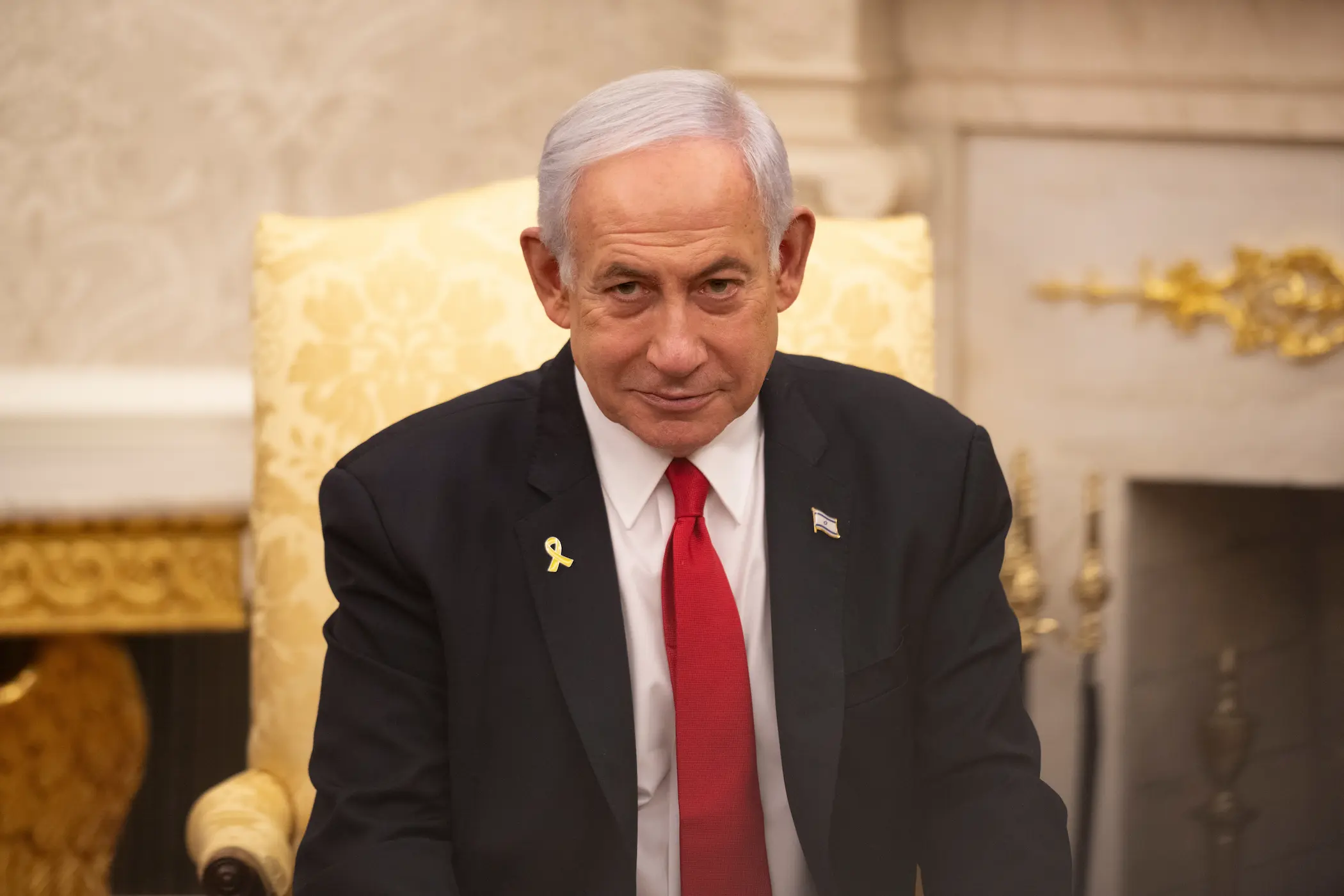
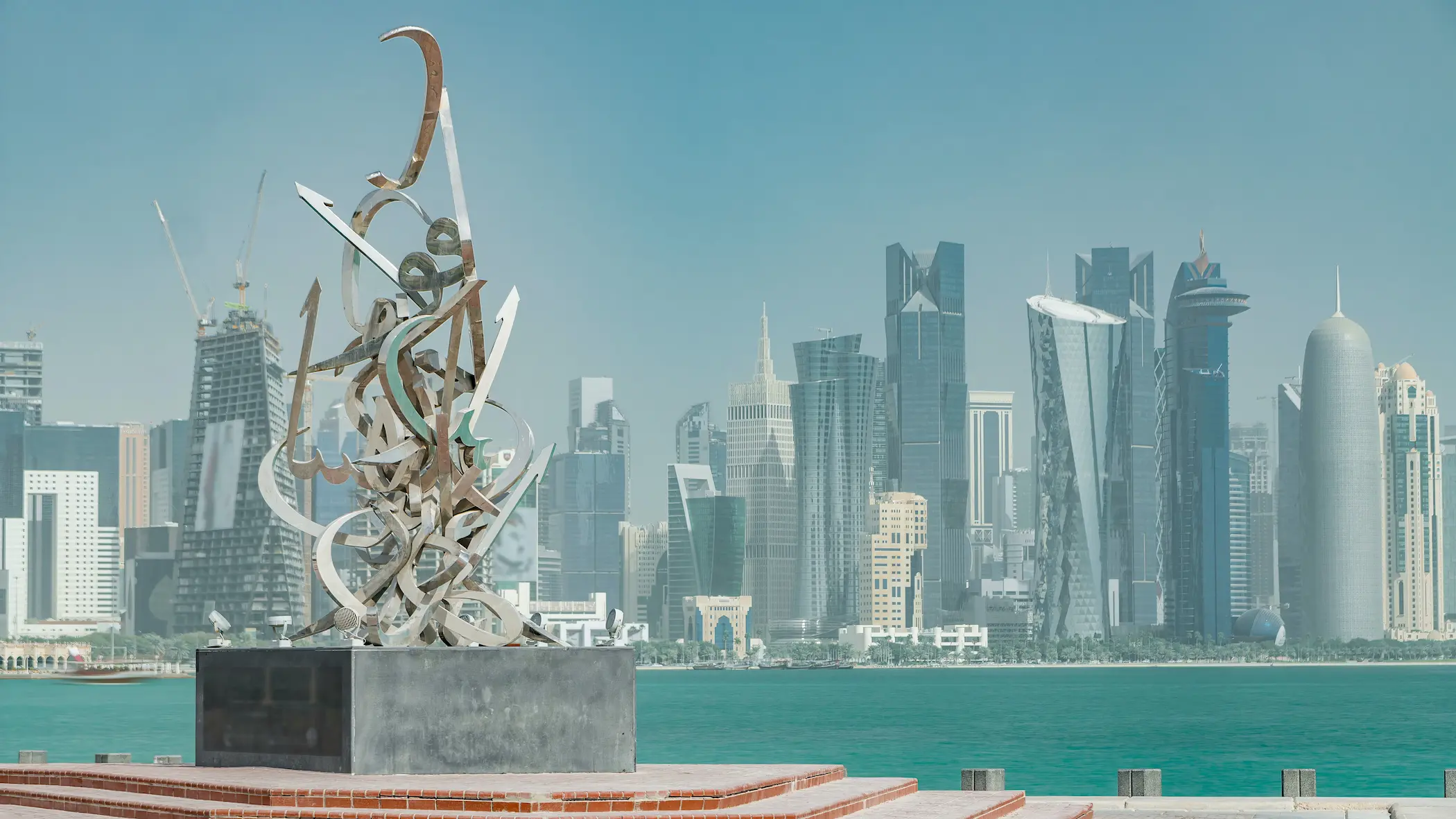
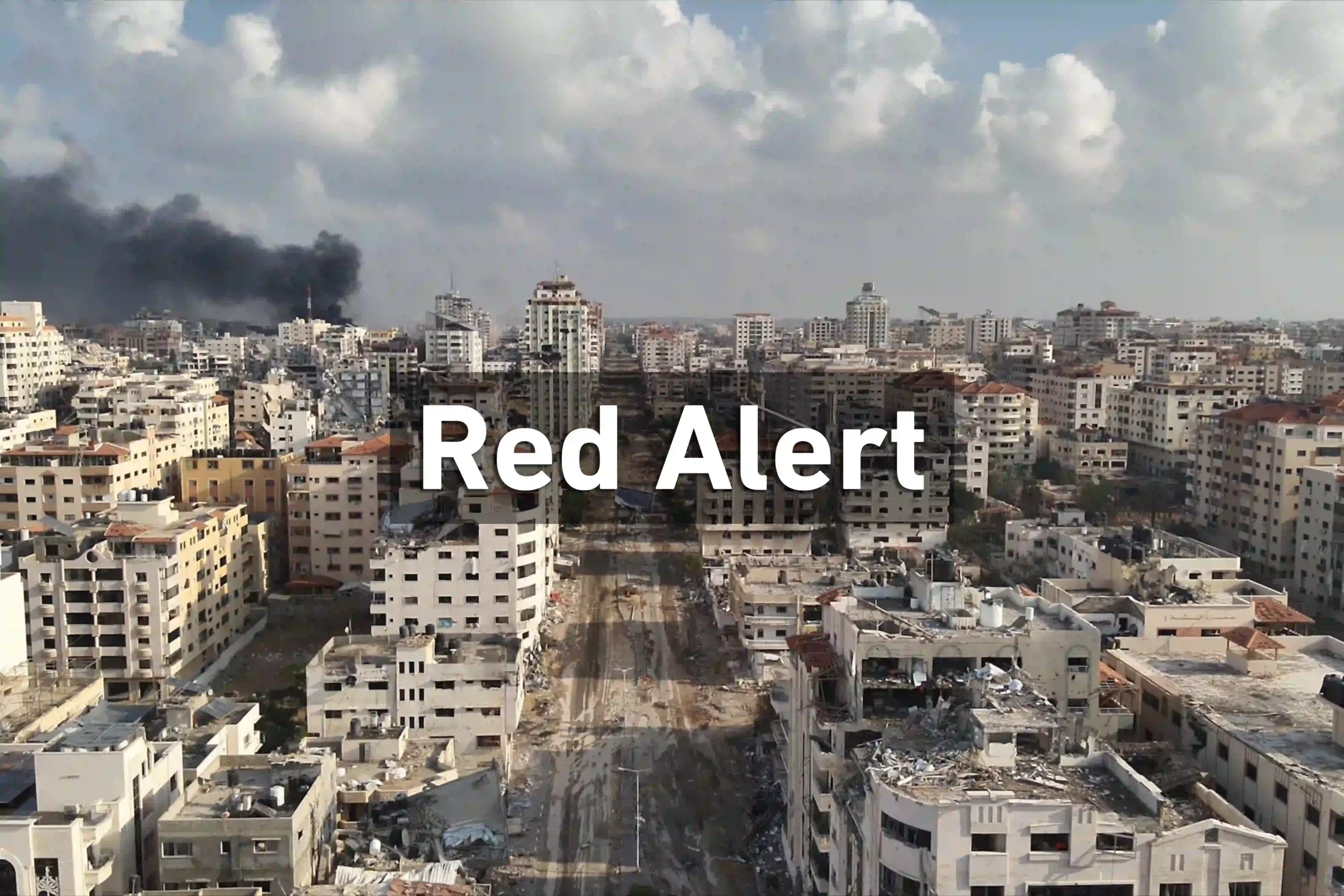
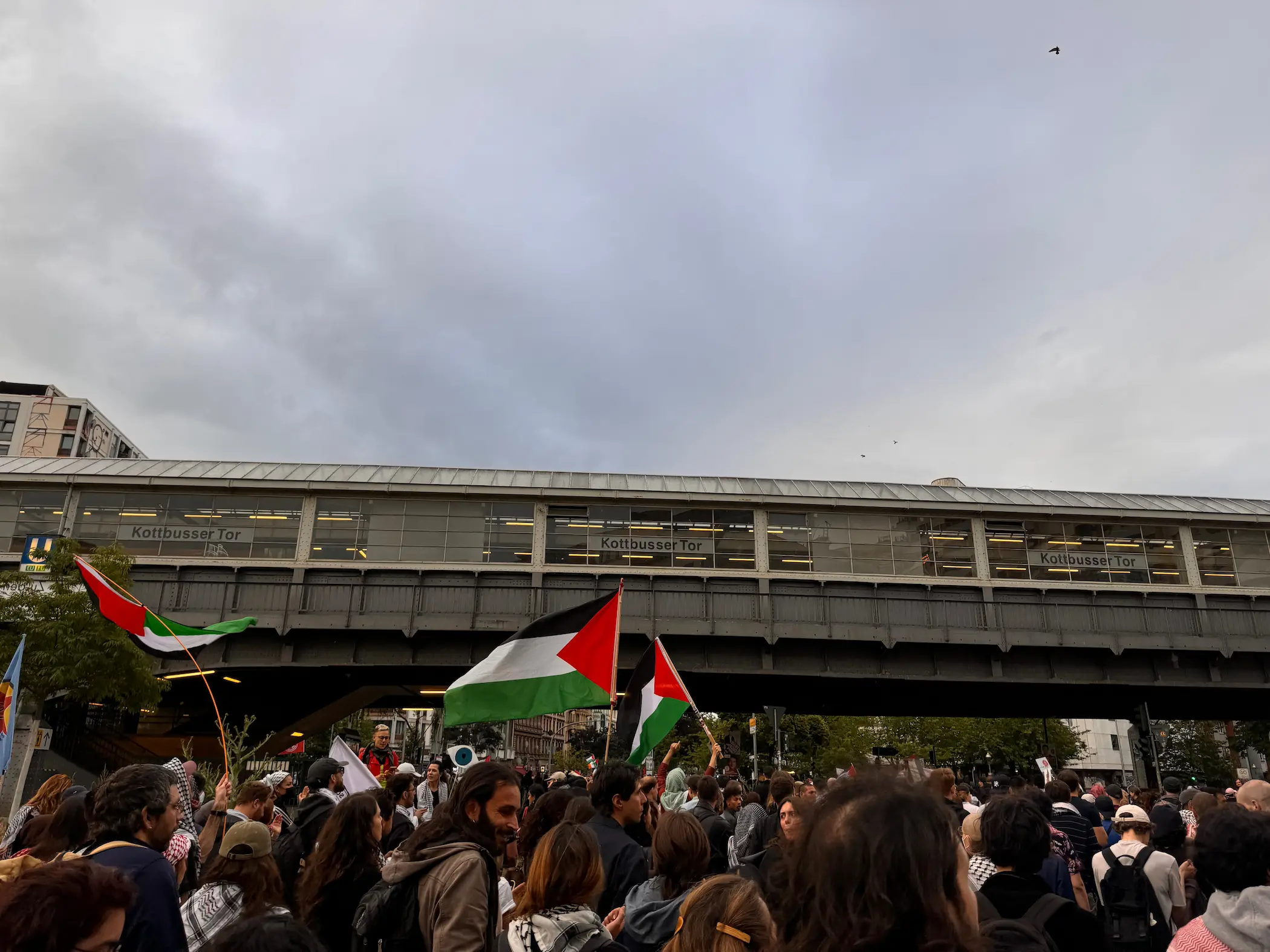
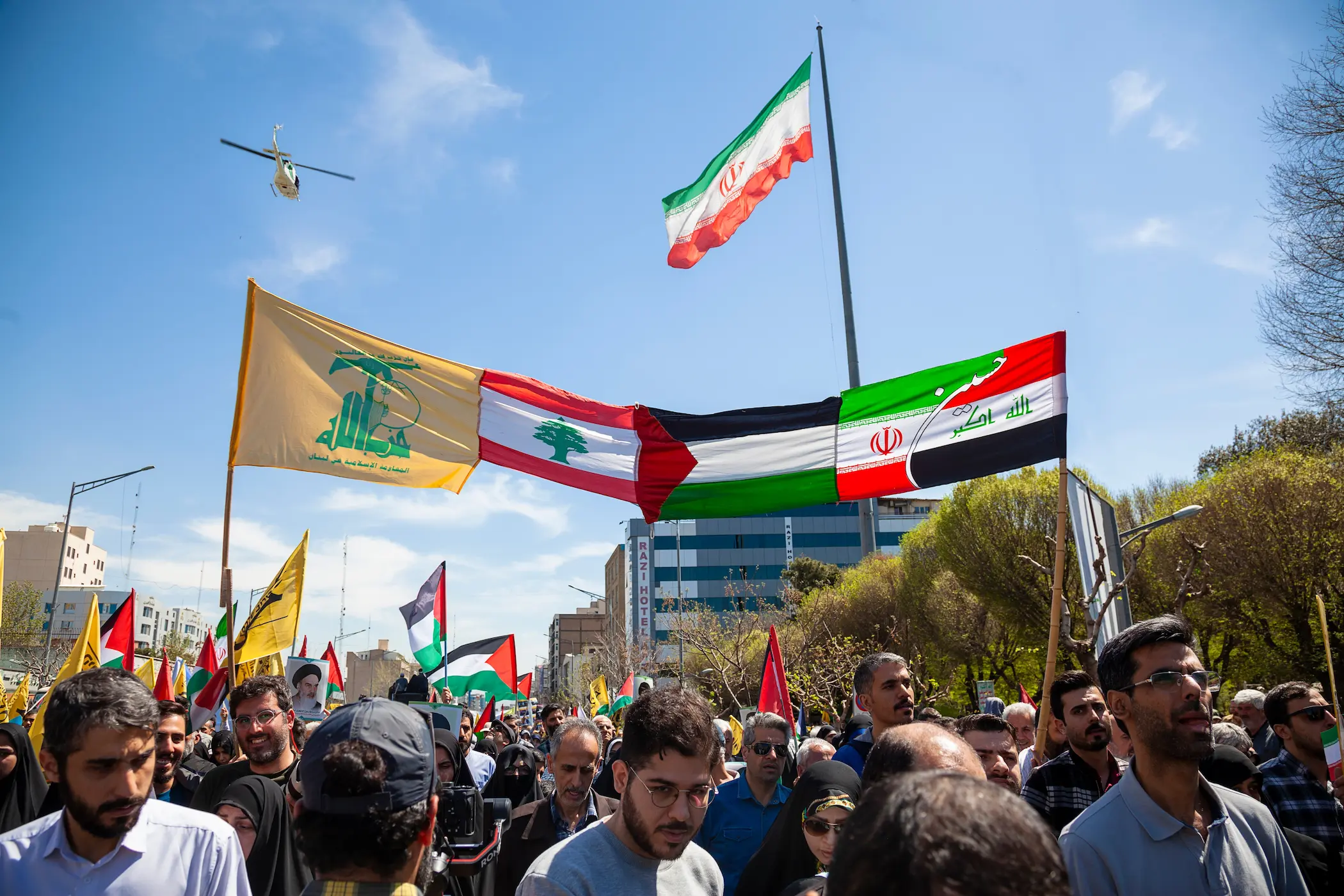

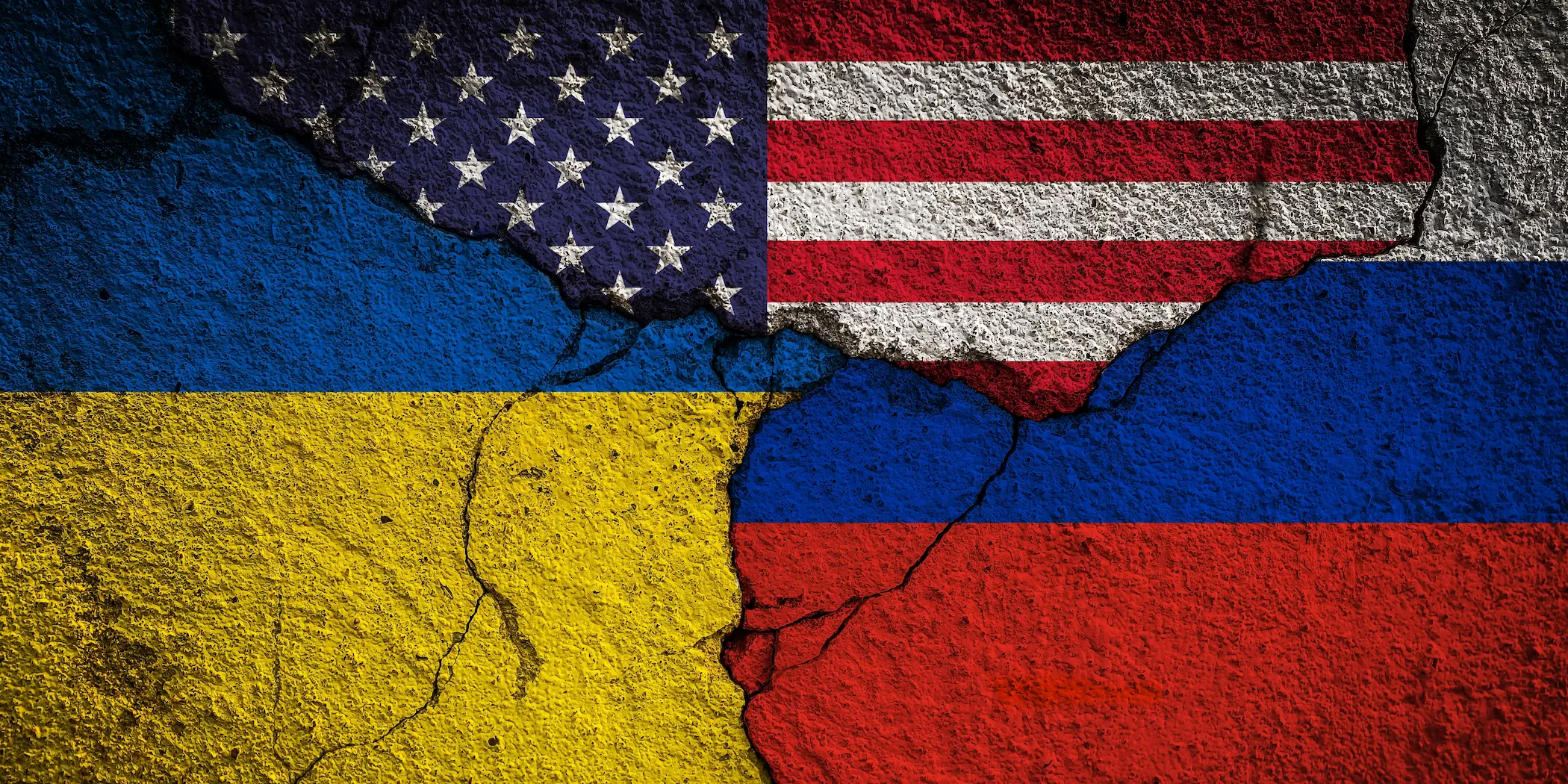
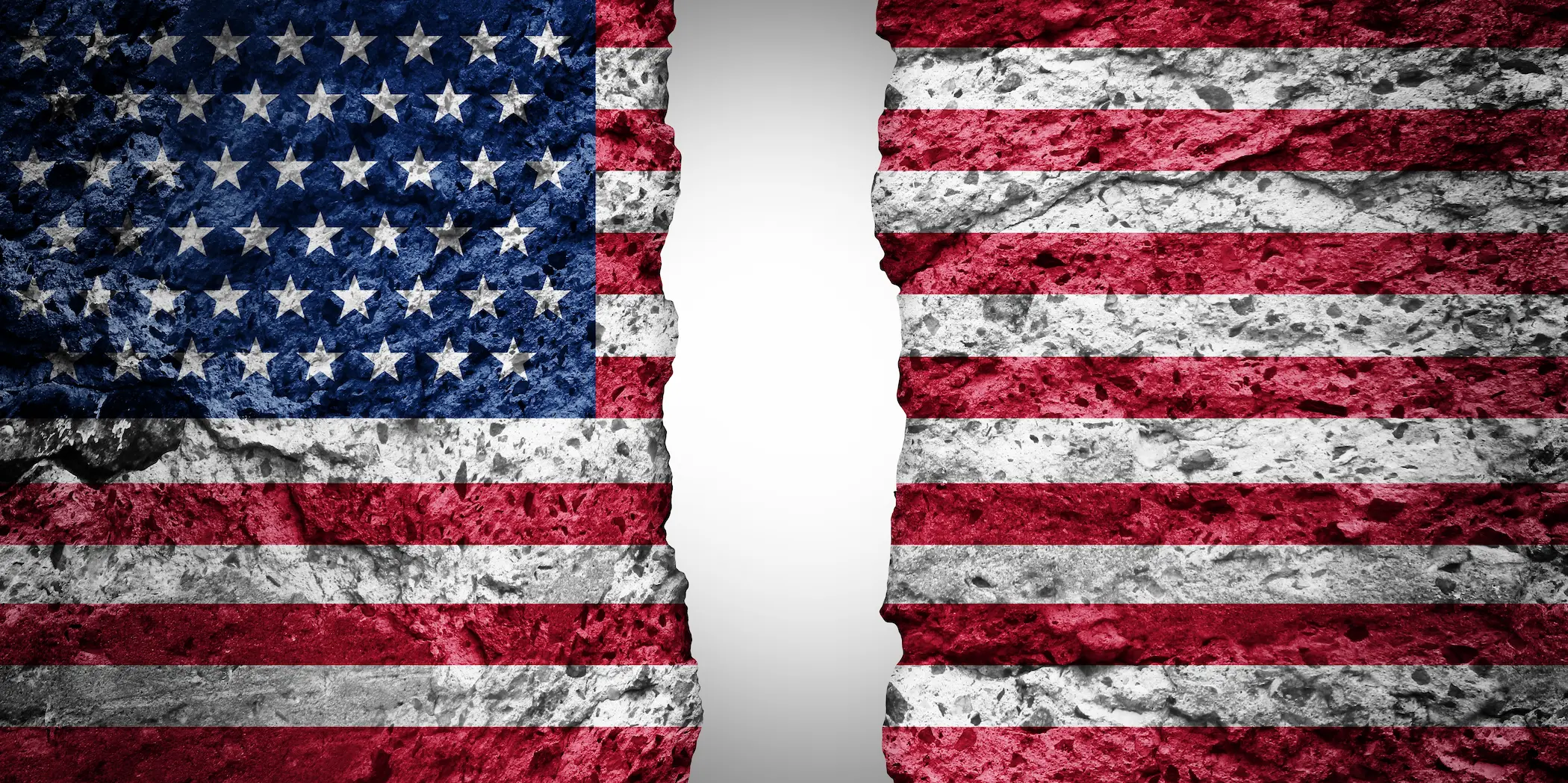
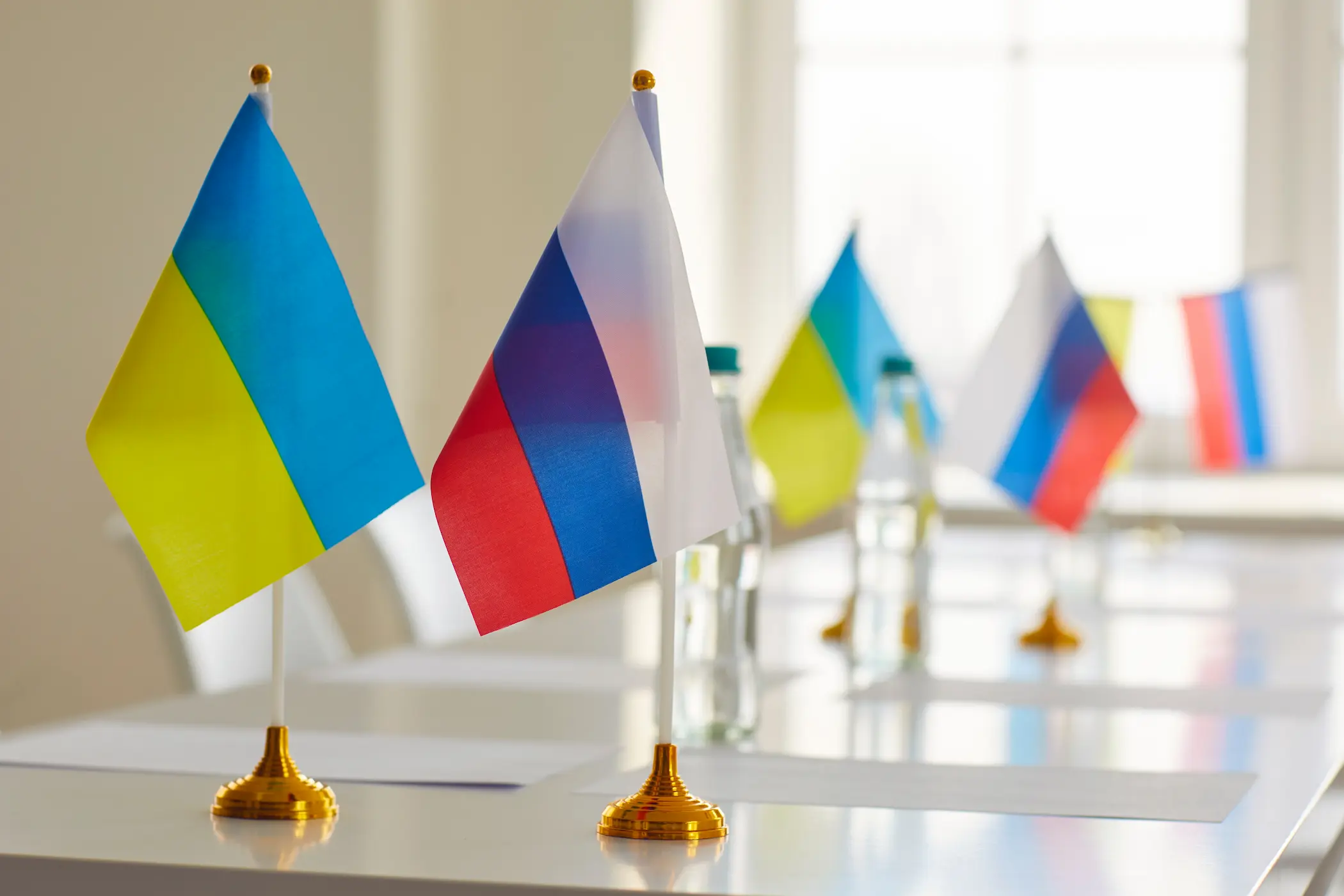
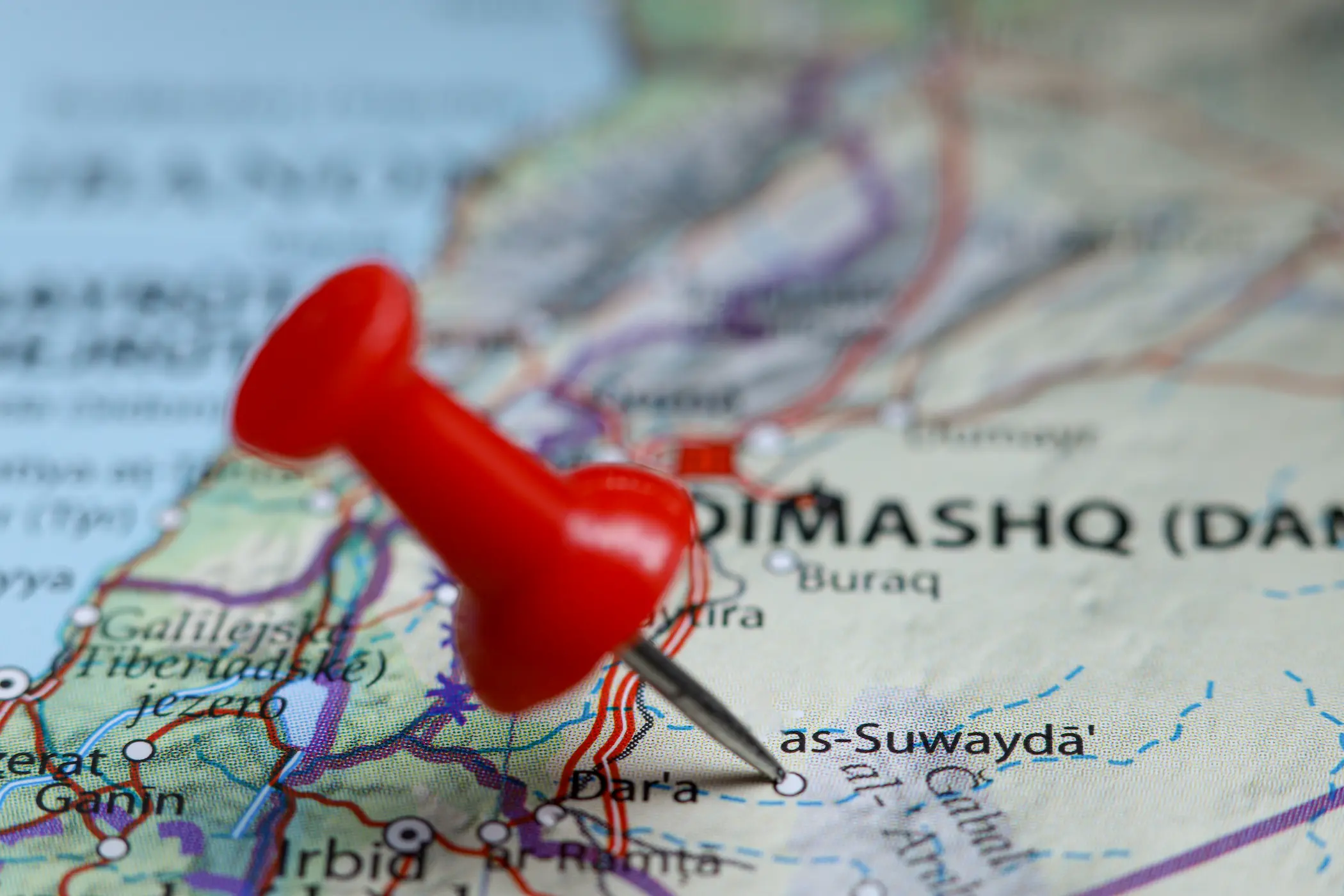

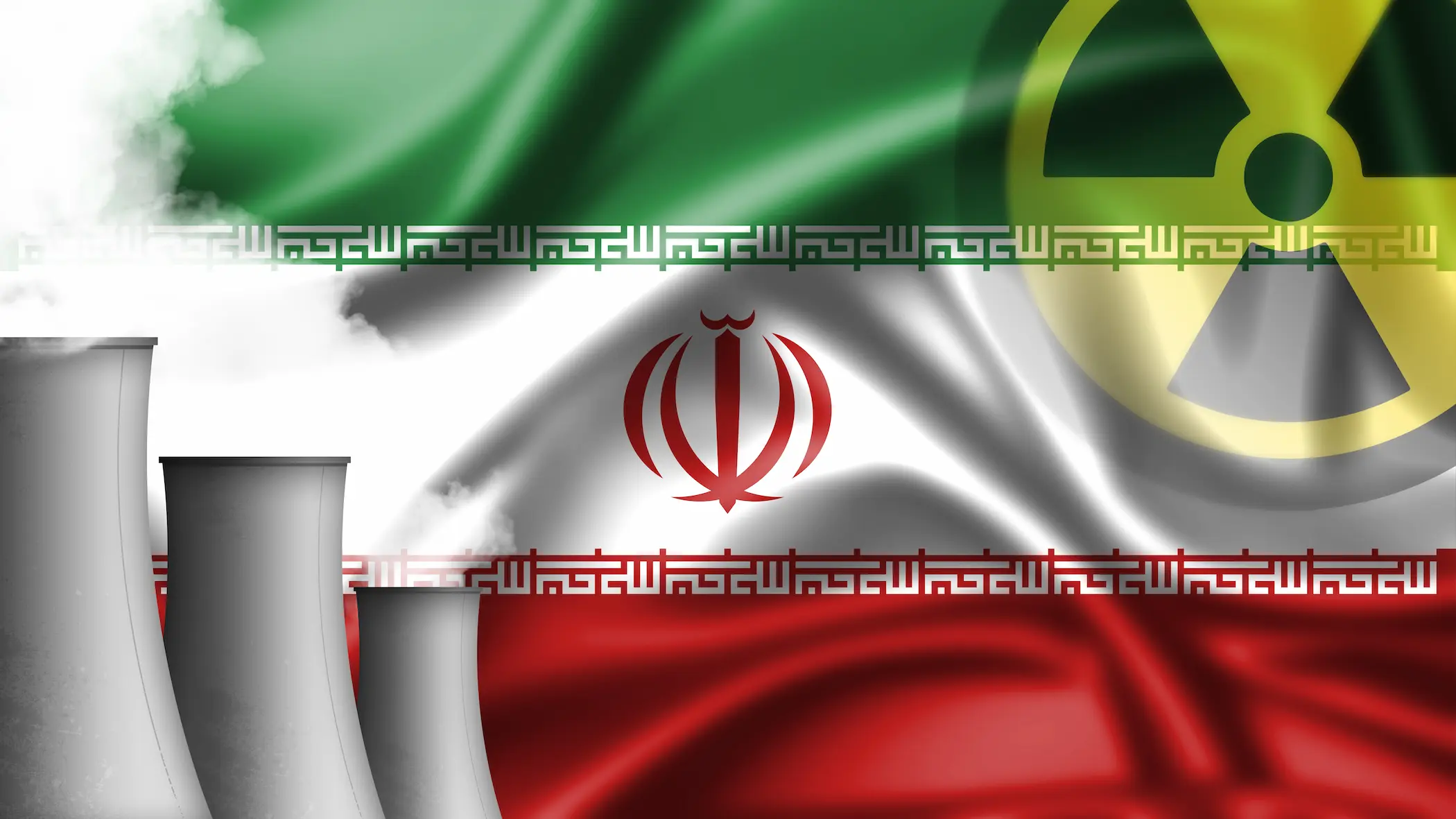

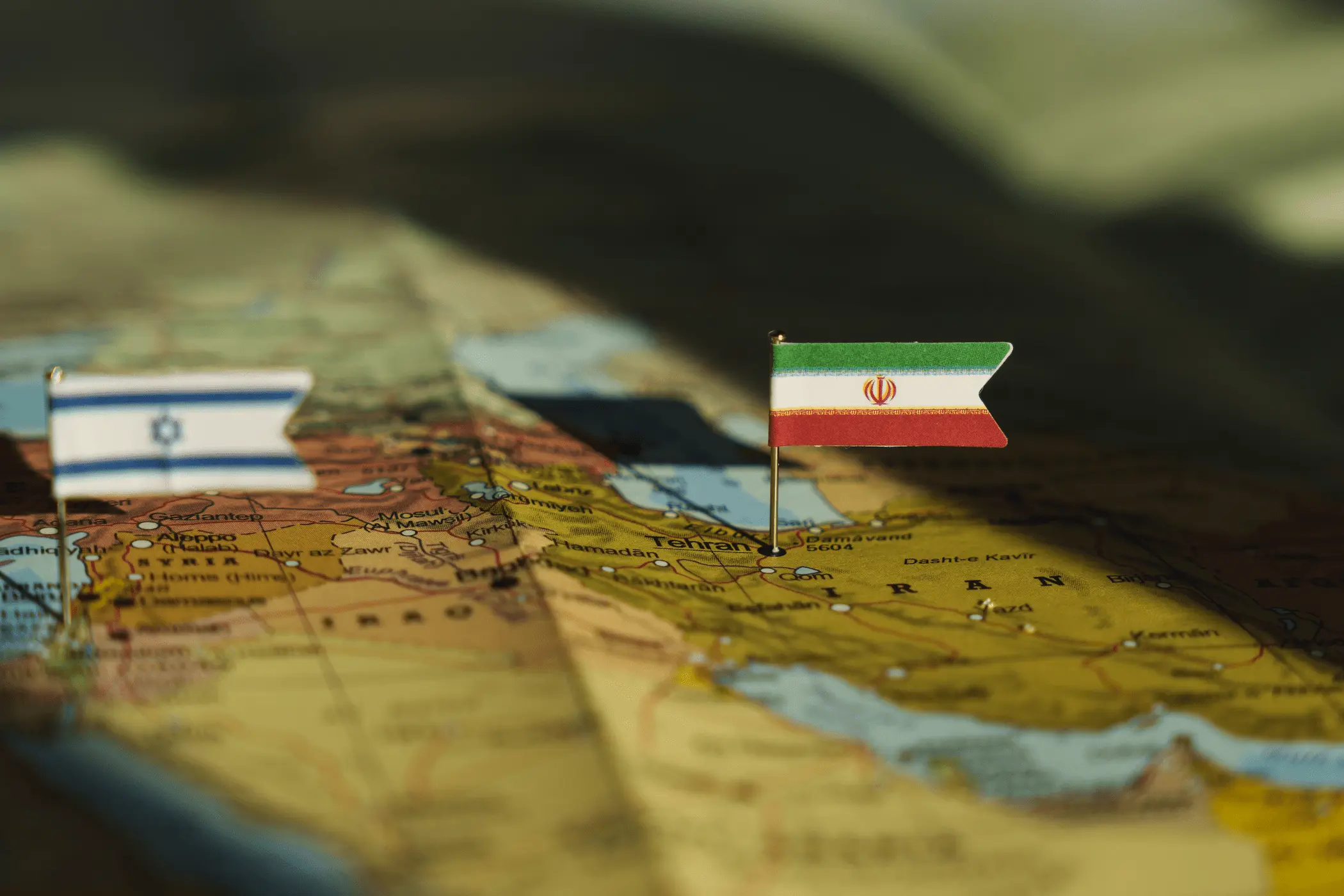
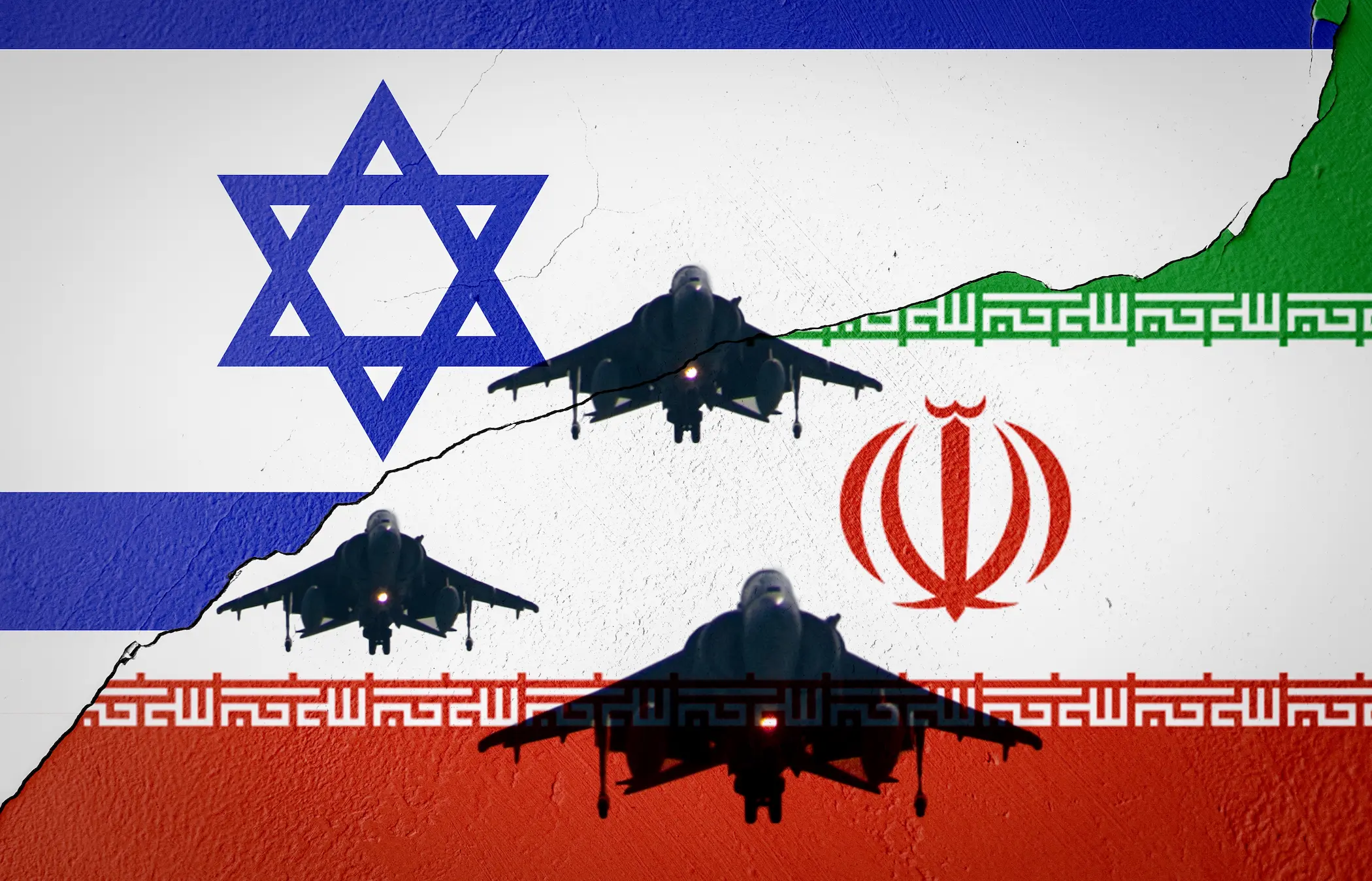
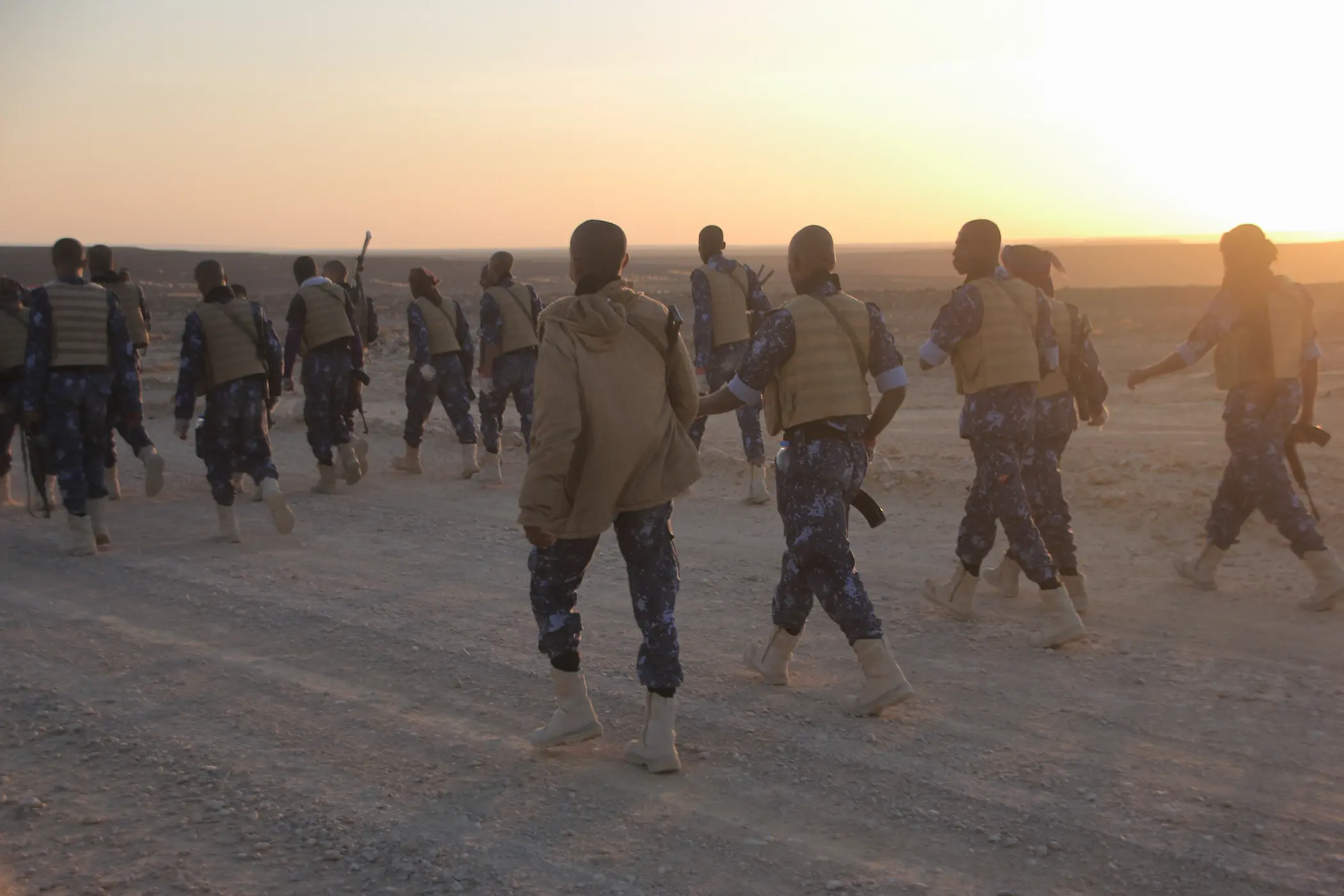
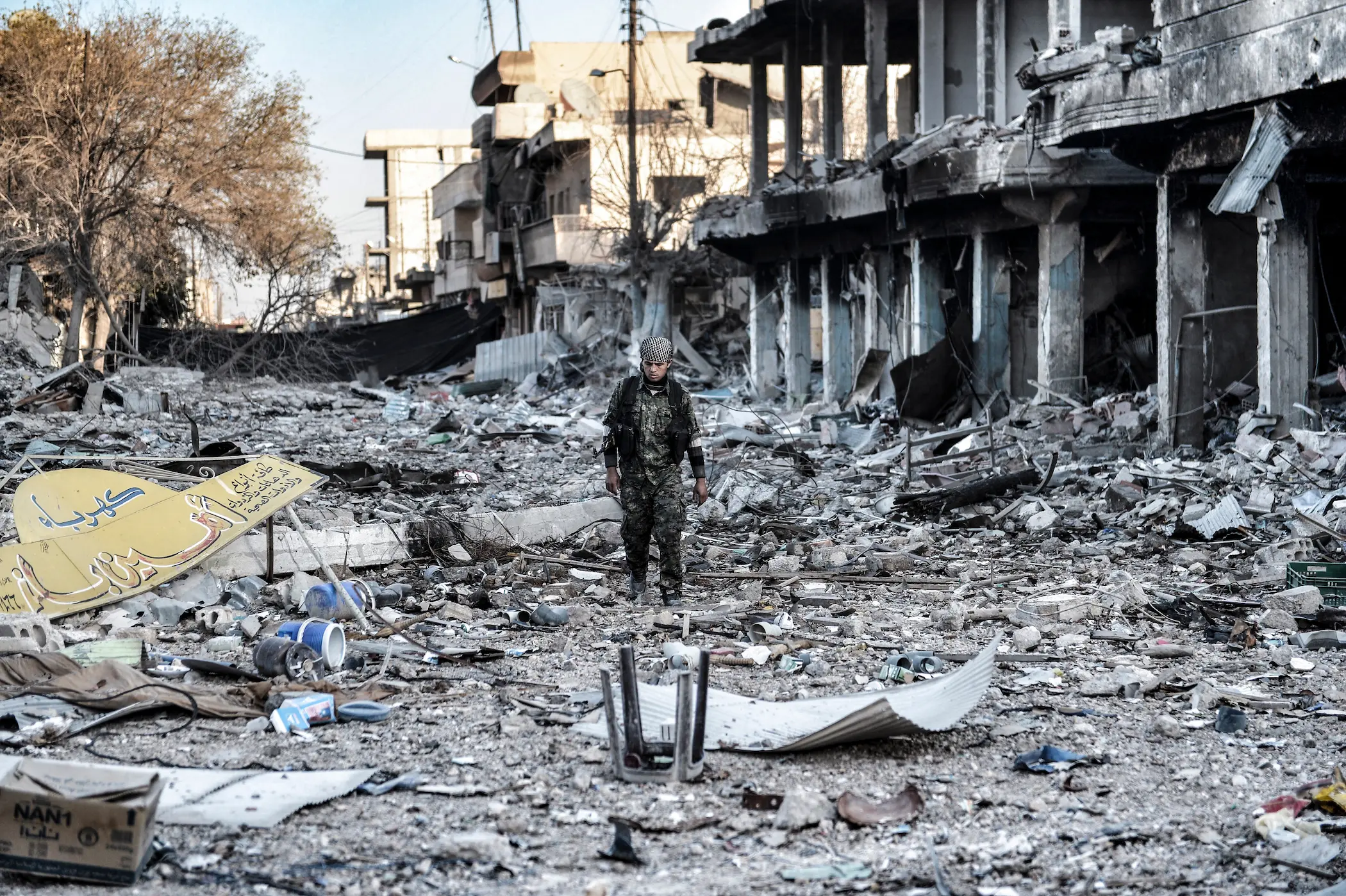
Comments